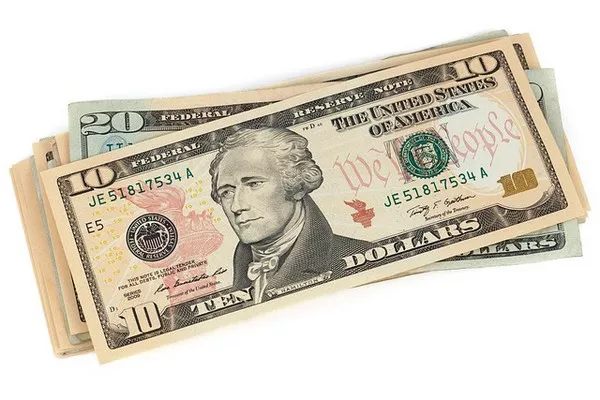In the world of numismatics, or the study and collection of currency, enthusiasts often encounter unique specimens known as star notes. These peculiar bills, denoted by a star at the end of their serial number, carry a certain mystique and intrigue among collectors and the general public alike. This article aims to shed light on the concept of star notes in a dollar bill, their historical significance, identification methods, production process, rarity, collectibility, and value, along with tips on finding these elusive treasures.
History of Star Notes
The history of star notes can be traced back to the early 20th century when the United States faced challenges in maintaining the quality and integrity of its currency. Replacement notes, marked with a star in the serial number, were introduced as a solution to errors that occurred during the printing process. These errors could range from misprints to damaged bills. Over time, the use of star notes evolved to include not only replacements but also as a means to track specific batches of currency or to commemorate special events.
Identification
Distinguishing a star note from regular currency is relatively straightforward. The most obvious indicator is the presence of a star at the end of the serial number, replacing the suffix letter found on standard bills. Additionally, star notes often have a slightly different appearance due to variations in printing methods or paper quality. However, it’s essential to note that star notes are legal tender and can be used in everyday transactions just like regular bills.
Production and Rarity
The production process of star notes involves the Bureau of Engraving and Printing (BEP) identifying errors or issues during printing runs and replacing the flawed bills with star notes. As a result, star notes are typically printed in smaller quantities compared to their non-star counterparts, making them relatively rare. However, the rarity of a star note depends on various factors, including the severity of the error, the denomination, and the series.
Collectibility and Value
Star notes hold significant appeal among collectors due to their scarcity and unique characteristics. The value of a star note is influenced by several factors, including its rarity, condition, demand, and historical significance. Rare star notes with distinctive errors or low print runs can command high prices in the numismatic market, especially among avid collectors seeking to complete their collections.
Star Note Series
Over the years, the BEP has issued star notes across various series and denominations, each with its own significance and appeal. From the iconic Series 1935 Silver Certificates to modern Federal Reserve Notes, star notes have been part of the fabric of U.S. currency history. Certain series, such as those featuring iconic designs or limited runs, may be particularly sought after by collectors.
Condition and Grading
Similar to other collectibles, the condition of a star note plays a crucial role in determining its value. Numismatists use a grading system to assess the condition of paper currency, ranging from “Uncirculated” for pristine bills to “Poor” for heavily worn or damaged notes. Higher grade star notes in excellent condition can fetch premium prices on the collector’s market, especially if they are rare or have desirable attributes.
How to Find Star Notes
Finding star notes in circulation can be an exciting endeavor for collectors and enthusiasts. While they may seem elusive at first glance, star notes regularly enter circulation alongside standard currency. One method to increase your chances of finding star notes is to examine freshly minted bills from banks or to keep an eye out for unique serial numbers, such as those starting or ending with significant digits.
FAQs
Are star notes legal tender?
Yes, star notes are fully recognized as legal tender and can be used for transactions like regular currency.
How rare are star notes?
Star notes vary in rarity depending on factors such as the series, denomination, and error type. Some star notes are relatively common, while others are exceptionally rare.
Can I request star notes from my bank?
While it’s possible to request specific denominations or types of currency from banks, obtaining star notes directly may not always be guaranteed.
See Also Why is the Dollar Losing Value?
Conclusion
In conclusion, star notes represent a fascinating aspect of U.S. currency history and numismatics. From their humble beginnings as replacements for flawed bills to their status as sought-after collectibles, star notes continue to captivate collectors and enthusiasts worldwide. Understanding the nuances of star notes, from identification to value assessment, enhances the appreciation of these unique artifacts and adds depth to the study of American currency. Whether you’re a seasoned collector or a curious observer, exploring the world of star notes offers a glimpse into the rich tapestry of numismatic heritage.


